If you’re an e-commerce business owner looking to improve your customers’ experience and increase your sales, you need a compelling design that instantly grabs people’s eyes. This blog tells you how to design an e-commerce store for a better customer experience.
There’s no denying that more and more people are gravitating towards online shopping these days. Per Global Web Index recent stats, what attracts the customers most about online shopping is the ease and convenience it offers. Some of the top reasons are free delivery, discounts, an easy return policy, and a seamless checkout process.
In today’s ever-emerging shopping trends, e-commerce stores have increasingly become a vital part of our lives. E-commerce is the primary reason behind the growth of internet users. It won’t be wrong to say that e-commerce for the internet is as necessary as food is for a body. E-commerce is an ever-evolving industry. By 2022, e-commerce revenues will grow to $6.54 trillion, and that’s gigantic.
Considering the ever-increasing customers’ demand and surging revenue rate every year, businesses are happily investing in e-commerce website development. And for that, they are seeking a reliable and professional web development company to develop a sales-driven and customer-friendly e-commerce store.
However, there are already numerous e-commerce stores out there, so how would you make yours different and unique? By compelling site design. Why? Because stats say that it just takes 0.05 seconds for users to form an opinion about your website, thus needs to be designed persuasively.
10 Easy Ways to Build a Beautiful E-Commerce Website That Improves CX
Simplicity is the Key
One of the simple rules to keep in mind during the e-commerce design process is to keep it simple. When it comes to designing an e-commerce store, the simple is always better. Try keeping your e-commerce design as simple and buyers-friendly as possible. The more elements you have on the page like colors, banner ads, pop-ups, etc., the more it pushes away your potential customers. Keep everything simple and attract more customers.
Design with Customer Intent
Understanding customers’ intent is crucial in any business, but it becomes more critical when it comes to designing e-commerce stores. Customer intent is the thoughts directing a customers’ decisions or actions toward a particular purchasing event. To design your site for improved customer experience, you need to anticipate what your customer is looking for and what they want. Hence, you need to understand your customer’s intent.
Emphasize the Customization
Do you know what it takes to design a truly customer-centric e-commerce experience? Customization. Customization adds beauty to your online store. If your online store lacks customization, you will surely get left behind. A custom website design company can help you with all types of customization needs like convenient layout, eye-pleasing typography and iconography, crisp visuals, and others. This will help your store stand apart.
Use Brand Resonating Colors
Colors play a huge role when it comes to designing an e-commerce website. You cannot use your favorite color here. You need to understand your brand, understand the psychology behind color, and then choose the colors accordingly. Know what colors can resonate with your brand and your customers perfectly. Once you understand this, your chosen color for your site design can help your visitors convert.
Employ High-Quality Images
E-commerce websites are all about visually-appealing images; that’s what customers see before they decide to buy something online. Therefore, you need to maintain high-quality product images with high resolutions. Try optimizing the images and resizing them to their appropriate size before uploading. Also, try including different angles of your product images, show different colors, etc., for a better customer experience.
Keep Content Scannable
Research shows that most website visitors only read about 20% of the text on any given web page. Rather than reading content word to word, buyers scan the text, looking for the key information, called skim reading. Considering this, you need to make your content scannable. Keep every sentence and paragraph as precise as possible. The easier to scan your content, the more likely your customers will engage.; thus, improving CX.
Leverage Responsive and Mobile-First Design
This is no secret; your e-commerce website needs to be responsive to attain more customers. Responsive designs adjust automatically to the user’s screen size, ensuring that customers get a better experience on all the devices. Also, responsive web design is one of the major ranking signals in Search Engine Optimization (SEO).
Mobile users are increasing rapidly. That said, having a mobile-first design for your e-commerce site becomes vital to offer a great shopping experience. Google has announced mobile-first indexing for the whole web, and 46% of consumers complete the buying process from mobile phones only, making the mobile-first design more crucial than ever.
Easy Store Navigation
Nowadays, having a fast, easy-to-navigate, and customer-friendly e-commerce site that communicates your value proposition well is critical. Intuitive and easy-to-follow navigation is always a step towards a pleasant shopping experience. That’s why you need clear store navigation. Make your product categories and product pages easy to navigate. The easier it will be for your customers to find what they’re looking for, the easier it is for them to buy.
Visually-Appealing and Compelling Product Pages
Product page design is exceptionally important for e-commerce. Product pages are the most pivotal section of any e-commerce site because it convinces the visitors that the product is worth buying. Therefore, you need to have a visually-appealing and compelling product page that can help you convert well. Ensure the images, product descriptions/details, add to cart button, etc., are spot-on.
Shopping Cart and Checkout Design
The shopping cart and checkout page can make or break your conversion, and that’s why you need to emphasize shopping cart and checkout design. The only thing that can make a difference between a completed order and an abandoned cart is a painful checkout process. The average shopping cart abandonment rate is 69.8%, making it more important to design a shopping cart and checkout page truly compelling for improved CX.
Closing Thoughts
Designing an e-commerce website for a better customer experience can be tricky and daunting, only if you don’t know about proven ways. Luckily, after reading this post, you have ten ways to help you design an e-commerce website that looks amazing and converts like crazy. So what are you waiting for? Leverage these tips and design your online store for optimum customer experience.
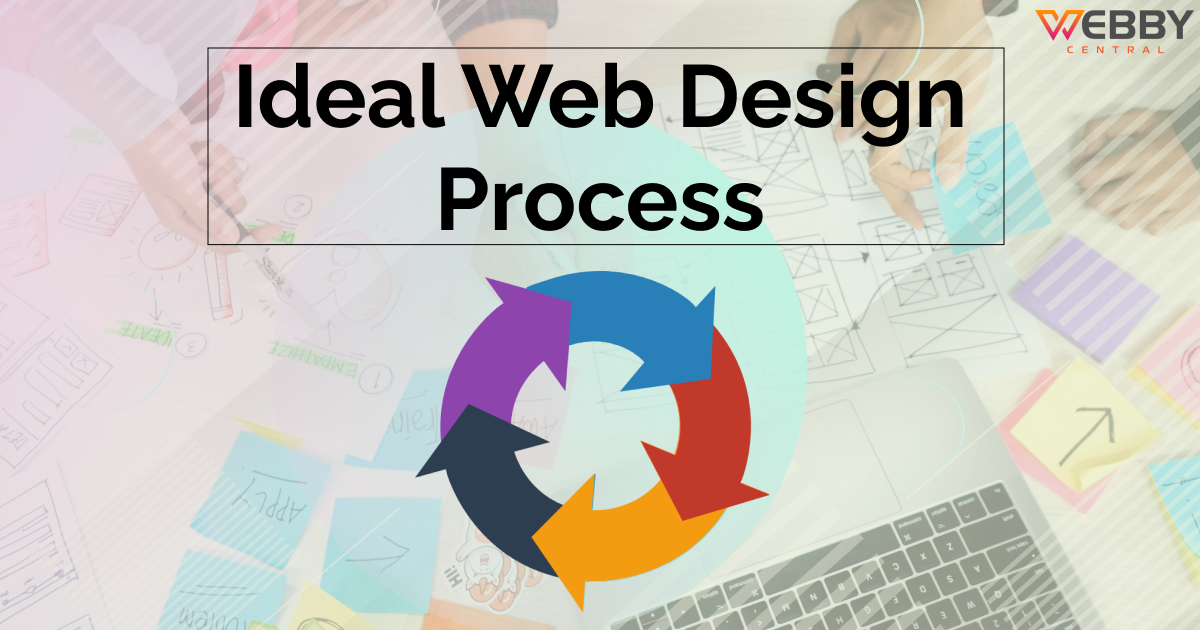
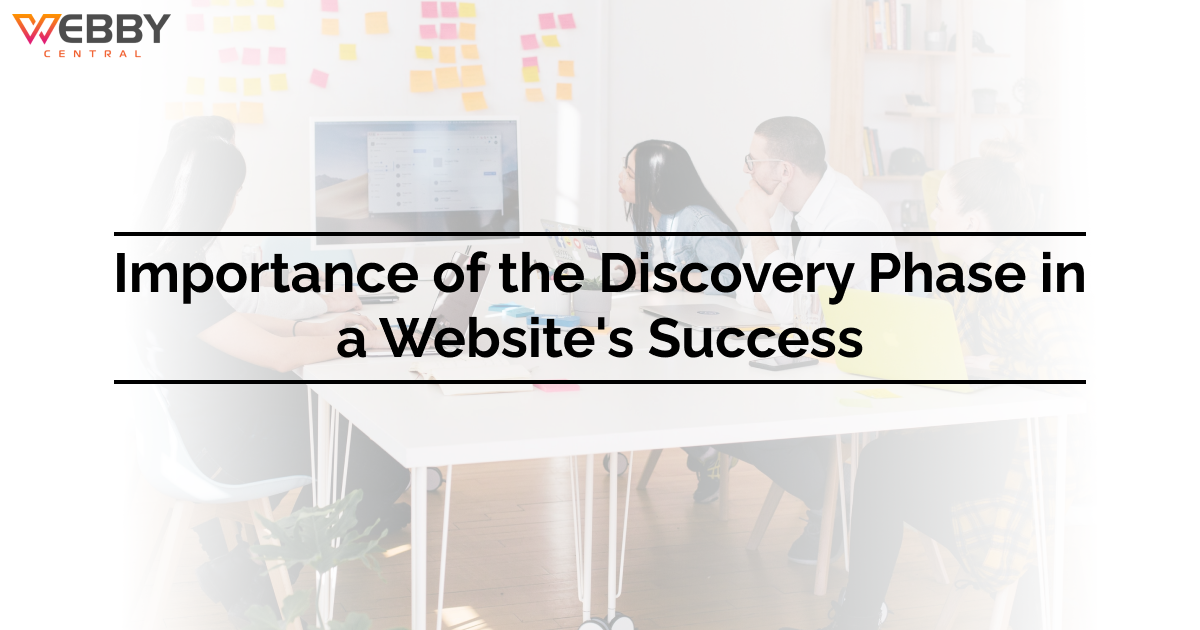

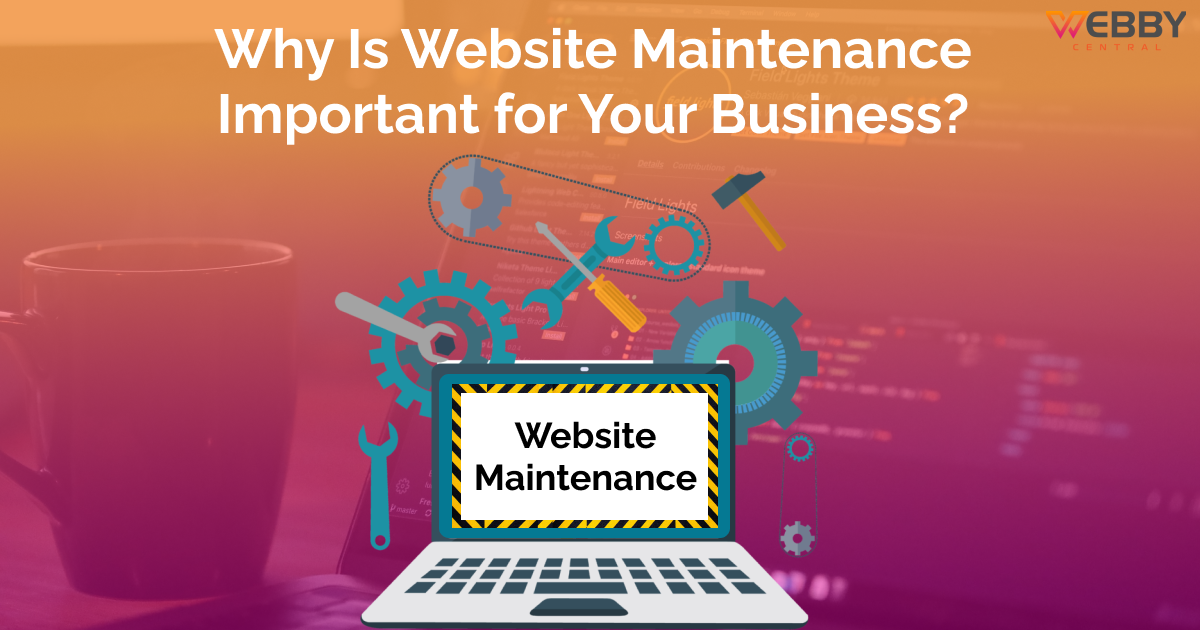
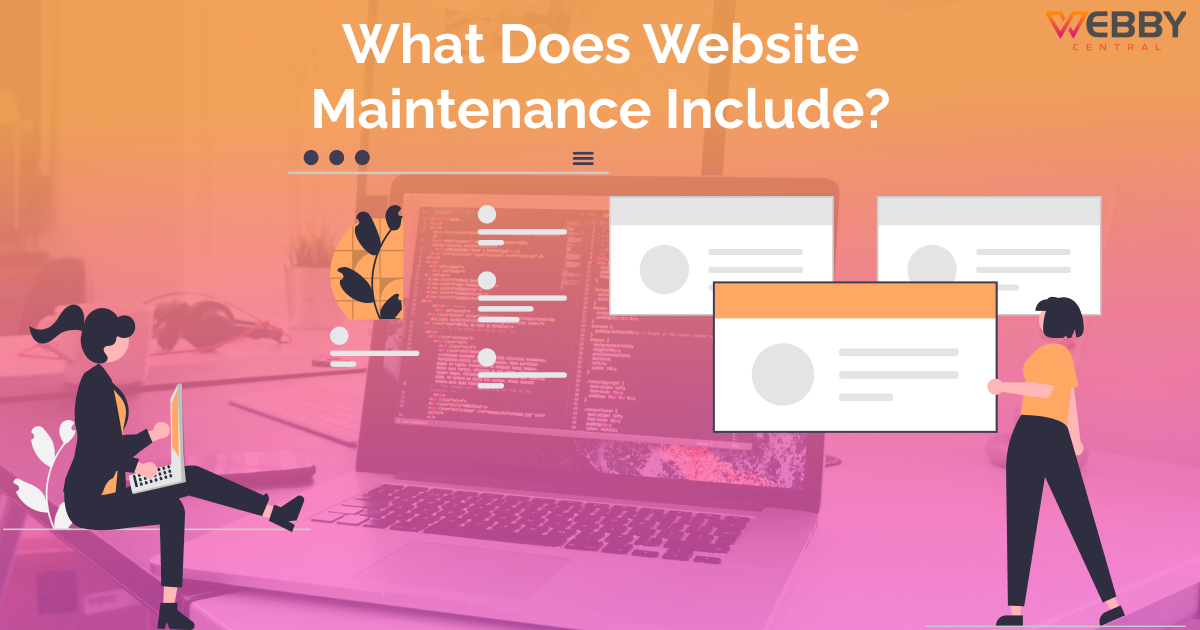
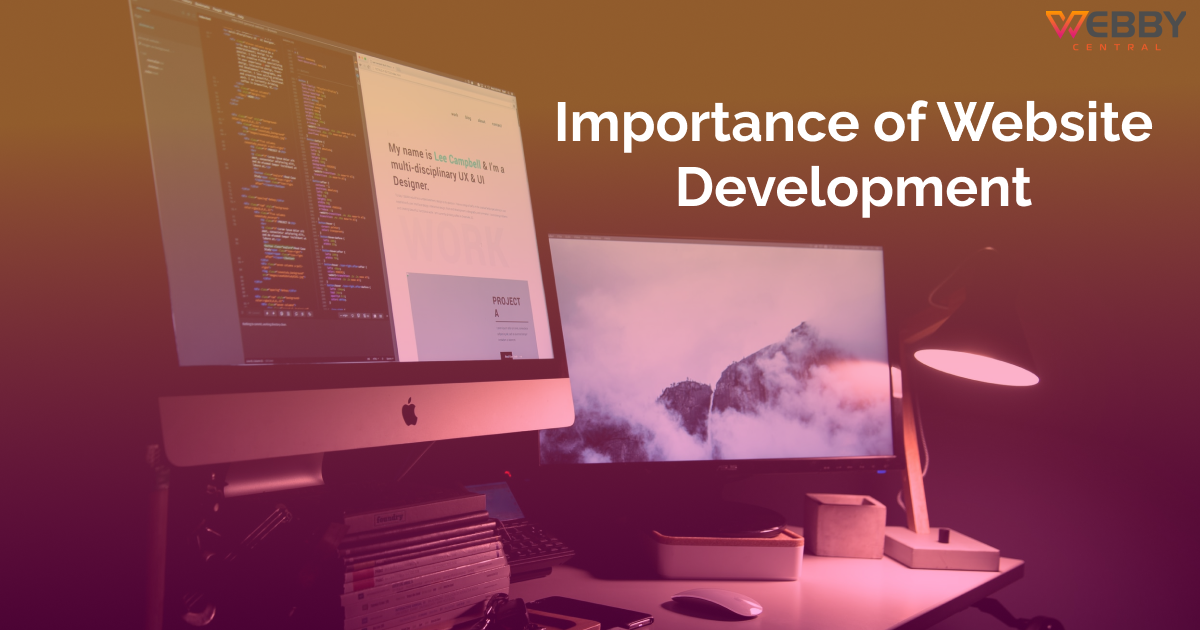
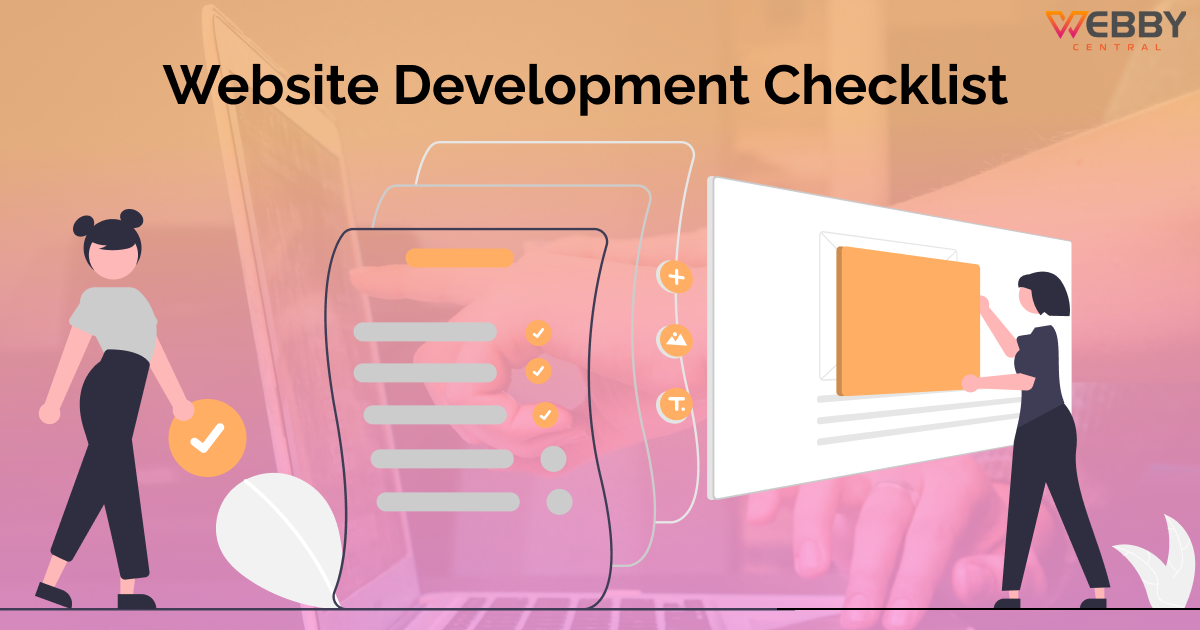
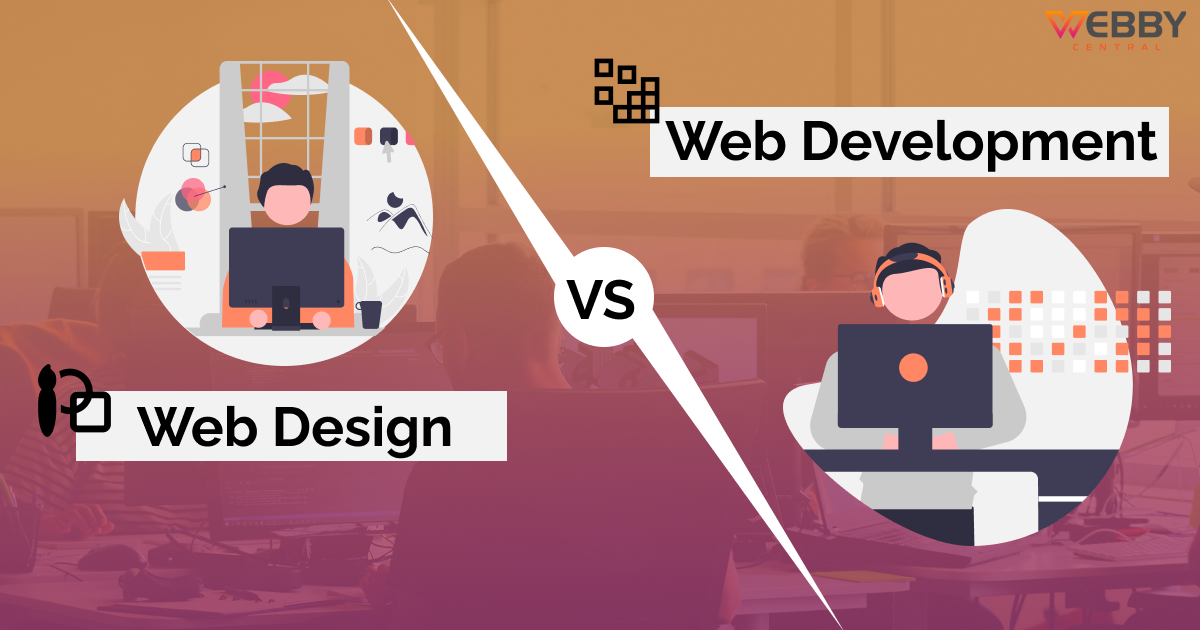


Write A Review